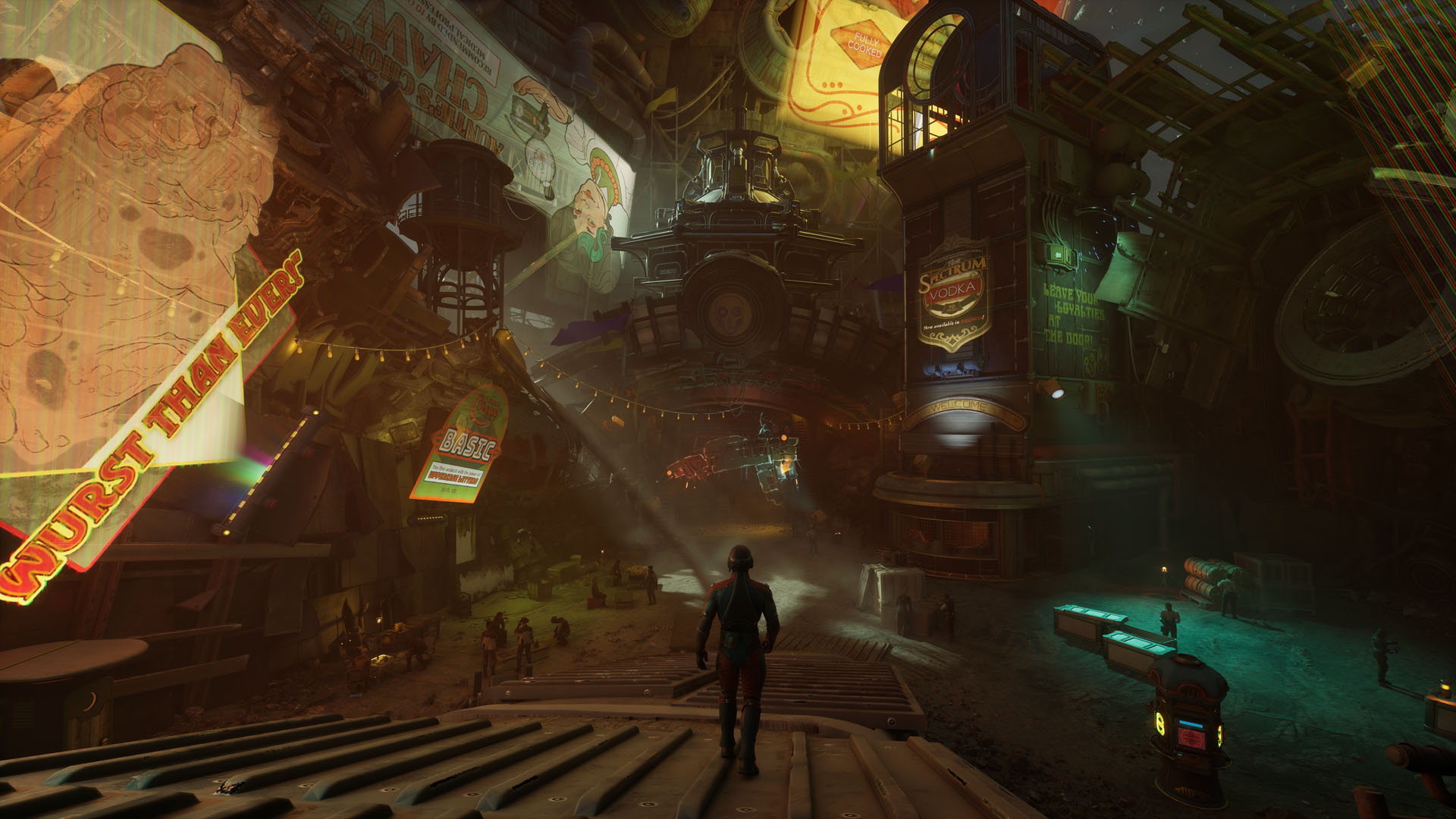Nintendo’s iconic developer Shigeru Miyamoto gives a talk to new employees each year to appraise them of the company’s values and what it takes to create excellent video games. At this month’s Financial Results Briefing Miyamoto was asked by an investor what sort of things he says during his talk.
I read in an article about Nintendo Museum that Mr. Miyamoto gives a talk to new employees
every year. What do you talk about? Also, I’d like to hear about your succession plans, from a
creative standpoint. My impression from the outside is that you continue to produce hits
because you are a genius.I imagine it is difficult to convey the fundamentals of game creation,
so what kinds of efforts are you making? Do you think that the essence of your creative thinking
is successfully passed on within the company?
Miyamoto: You referred to me as a “genius,” but I consider myself quite ordinary. Each year, I give a talk
to about 100 to 200 new graduates and mid-career hires, and afterward people often say that
they were wondering what kind of person I was and were relieved to see that I was surprisingly
ordinary. I often think it would be fun if I didn’t have to work, so I’m always thinking about things like, well, if I have to work, how can I do it more efficiently. And if I am going to do the
same work, how can I make it more of a hit, because when a project is a hit it makes future
work easier. In the talk I give every year, I touch on those challenges that come with creative
work.
My annual talk is divided into three parts. The first part covers the history of Nintendo,
starting with hanafuda playing cards, moving through toys, and leading to how we have
become the entertainment company we are today. The second part focuses on what Nintendo
values in game creation and what our strengths are. For instance, I discuss the evolution of the
game interface by tracing the development of our controllers since the arcade days. In the third
part, I address game design. New developers, especially those who are avid gamers, oftentimes
aspire to create upgraded versions of the games they have played before, but I explain that
game design is not about that.
Rather, it is about observing the world around us and figuring
out how to assemble those elements into an engaging video game. I explain that game design
is about planning. That is, it is about assessing what hardware and development environment
to use to create the game, whether the desired game can be realized with its available
processing power, and engaging in trial and error to bring it to life. Many attendees find this
perspective refreshing in that it is different from their own concept of game design or feel that
they sympathize with our philosophy of product creation.
The talk only lasts about two hours every year, so to help employees retain what they have
learned, I think it will be useful for them to visit Nintendo Museum to explore the history of
our past challenges.
Takahashi: The producers at Nintendo, who develop a diverse range of games, leverage their individual
strengths to create unique products. They listen to various stories from Mr. Miyamoto and
collaborate closely with him to create games, each person considering how those ideas can be
applied within their own areas of expertise. The producers reflect on what Mr. Miyamoto has
shared about his philosophy as they create games with their own aptitudes, and this
perspective is shared with their development teams in the same form.
Source

















